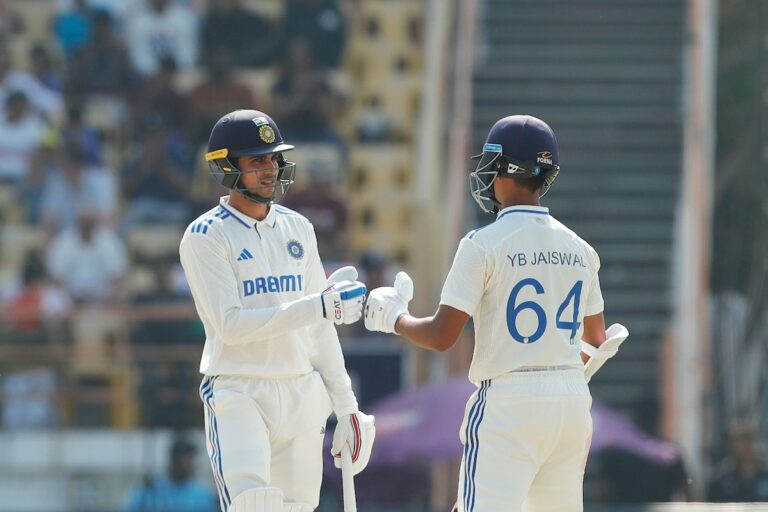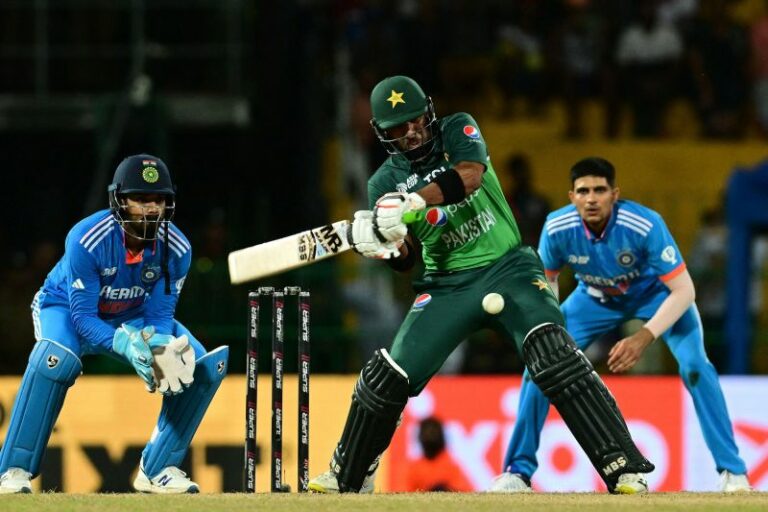The Evolution of Cricket Equipment Testing Standards
Play99exch, Allpaanel: Cricket equipment has undergone significant transformations over the years, evolving to meet the demands of the modern game. From humble beginnings of wooden bats and rudimentary padding, today’s gear is a testament to the advancements in materials and technology. The evolution of cricket equipment has not only enhanced player performance but also prioritized safety on the field.
One of the most noticeable changes in cricket gear has been the shift from traditional willow bats to lightweight, high-performance models. With the introduction of carbon fiber and other innovative materials, bats have become more durable and powerful while maintaining the integrity of the game. Additionally, advancements in protective gear such as helmets and padding have greatly reduced the risk of injuries, ensuring players can focus on their game without compromising safety.
Early Testing Methods for Cricket Gear
In the early days of cricket, testing methods for cricket gear were rudimentary compared to the sophisticated techniques used today. Simple trial and error was often the norm, with players and manufacturers relying on basic observations and feedback to assess the performance and durability of equipment. This hands-on approach meant that improvements were slow and sometimes minimal as there was limited scientific data to support decisions.
One common testing method involved simply using the gear in actual gameplay and noting any wear and tear or performance issues. This real-world testing was valuable in providing immediate insights into how the equipment held up under pressure and in different match conditions. Additionally, players would often use their intuition and experience to make adjustments to their gear based on personal preferences rather than objective measurements.
Influence of Technology on Equipment Testing
Advancements in technology have significantly transformed the way cricket equipment is tested for quality and performance. Traditional testing methods, such as manual inspections and subjective evaluations, have been replaced by more sophisticated tools and techniques. The introduction of high-speed cameras, impact sensors, and computerized analysis software has enabled manufacturers to obtain more precise data on how cricket gear behaves under different conditions.
One of the major benefits of incorporating technology into equipment testing is the ability to identify performance inconsistencies and vulnerabilities that may not be evident to the naked eye. By using data-driven analysis, manufacturers can fine-tune their products to offer improved durability, power transfer, and player comfort. Additionally, real-time monitoring and feedback mechanisms allow for quick adjustments and innovations in cricket gear design, ultimately enhancing the overall playing experience for athletes at all levels.







